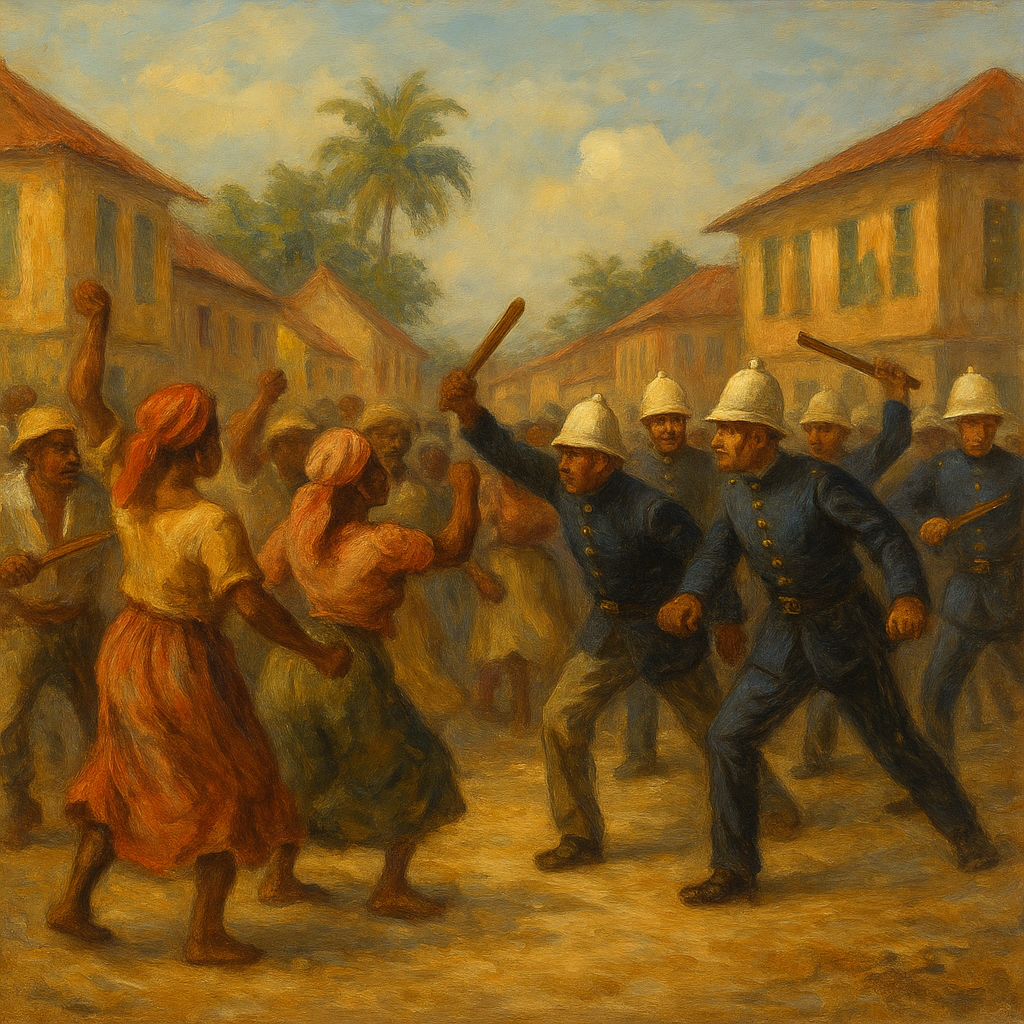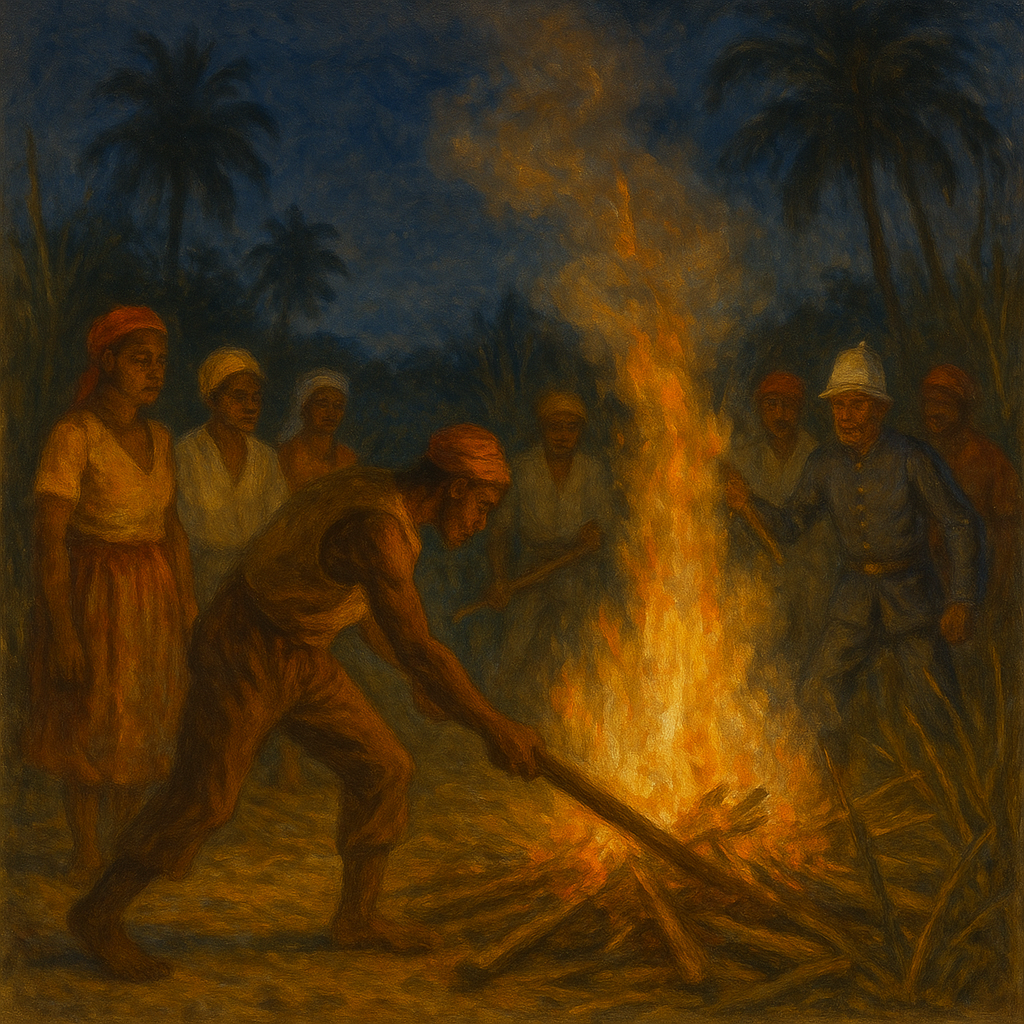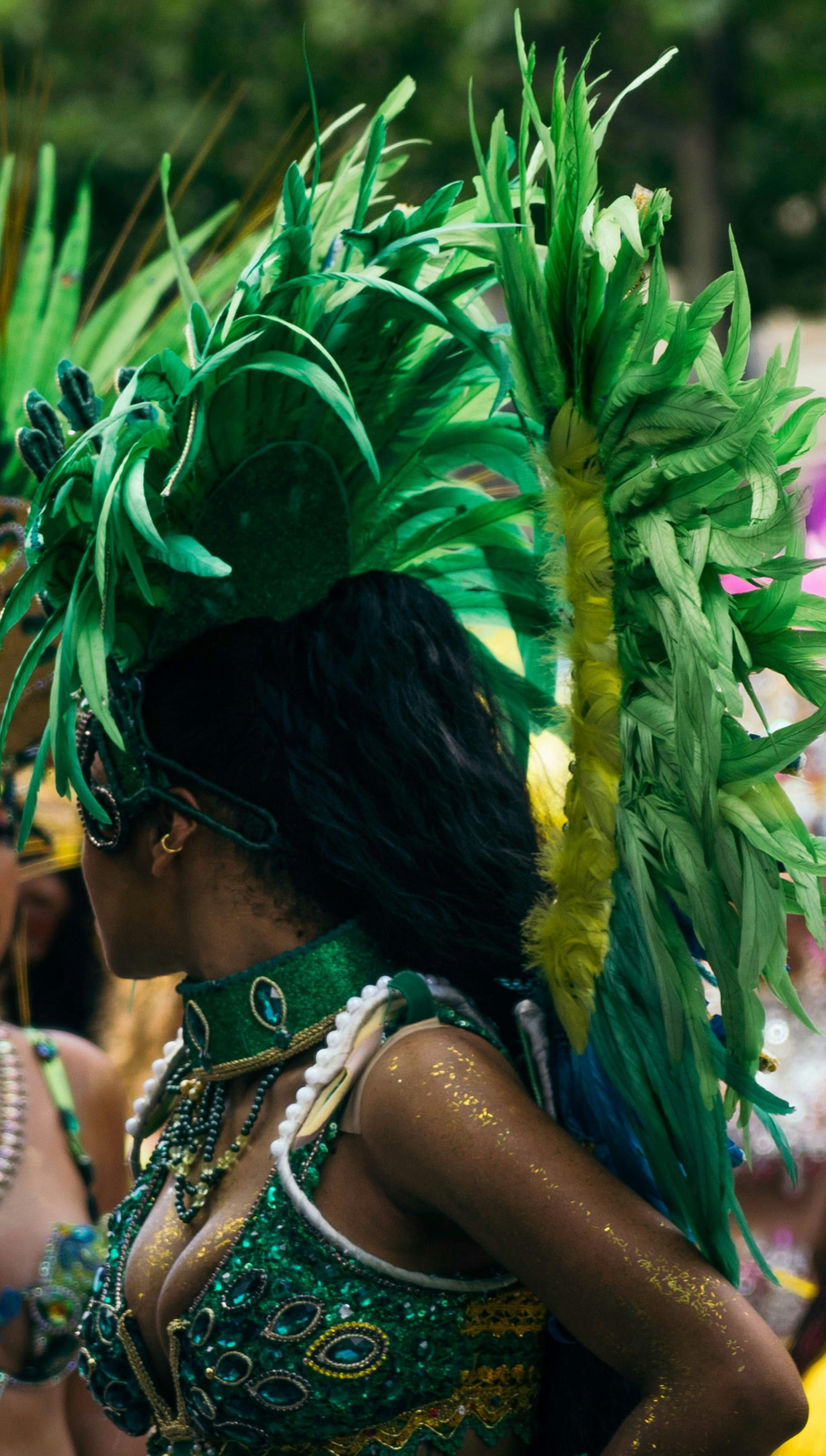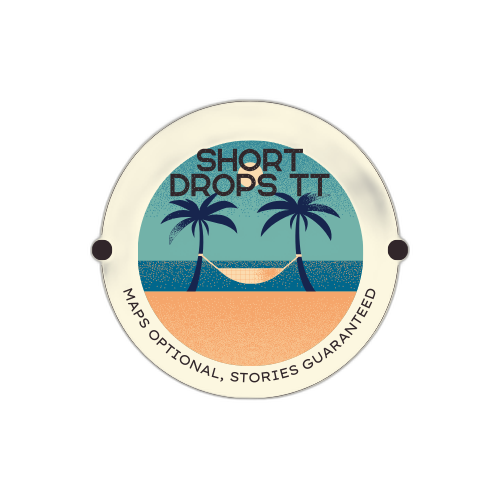The Canboulay Riots: When Culture Fought Back in Trinidad

If you ever find yourself swept up in the rhythm of Trinidad and Tobago’s Carnival with its pulsing music, elaborate costumes, the unmistakable buzz of J’ouvert, you’re standing in the shadow of a rebellion. Not the kind with placards and press conferences. The kind with drums. The kind with fire.
This is the story of the Canboulay Riots, a lesser-known but critical turning point in Trinidad’s cultural history. It’s the moment when the people didn’t just demand space for celebration, they took it.
What Was Canboulay, Anyway?
A Ritual Born from Resistance

“Canboulay” comes from the French cannes brûlées, meaning “burnt cane.” It referred to the practice of enslaved Africans being forced to put out fires in sugarcane fields, often caused by sabotage or lightning strikes. After emancipation, Canboulay evolved into a ritual performance—a dramatized re-enactment of this practice, woven into the emerging Carnival tradition.
But this wasn’t just pageantry. It was a cultural reclamation.
When formerly enslaved Afro-Trinidadians were excluded from the elite masquerade balls of French Creole society, they responded by building their own Carnival. Canboulay became one of its central expressions—raw, rooted in resistance, and deeply African in its style and spirit.
The Lead-Up to Riot
Why the British Hated It

By the 1880s, British colonial officials saw Carnival (and Canboulay in particular) as a threat. It was loud, it was Black, and worst of all, it was defiant. The beating of drums (tamboo bamboo), chanting, stick-fighting, and firelight processions felt to the authorities like the stirrings of insurrection.
Their response? Outlaw it. Piece by piece.
- Drumming was banned.
- Torch-lit processions were prohibited.
- Stick-fighting, a martial art and integral part of Canboulay, was criminalized.
And when that didn’t work, the police came out swinging—literally.
The Night It All Erupted
Port of Spain Becomes a Powder Keg Overnight
On the night of February 28, 1881, the colonial police—led by Captain Arthur Baker—attempted to forcibly suppress Canboulay celebrations in Port of Spain. Expecting the usual intimidation to be enough, they were instead met with organized resistance.
As the police tried to block the procession and seize drums, fighting broke out in the streets.
The crowd wasn’t just angry; they were ready. Using stones, sticks, and sheer will, revelers fought back. The police were outnumbered and overwhelmed. It’s said that Captain Baker himself was injured in the melee.
By dawn, the colonial administration realized something crucial: they could not simply erase a culture with batons.
Aftermath and Legacy
What Changed?

The 1881 riots didn’t end British repression overnight. Authorities tried again to crack down in San Fernando in 1884, with similar results. But these clashes proved a point: Carnival belonged to the people, and attempts to sanitize or silence it would be met with defiance.
Eventually, the colonial government was forced to compromise. While bans remained on certain instruments and practices for years, the core elements of Canboulay survived—and evolved.
From Rebellion to Tradition
The spirit of Canboulay lived on in:
- Tamboo Bamboo Bands, later evolving into steelpan music
- J’ouvert, the messy, pre-dawn celebration that kicks off Carnival
- Calypso and Picong, which served as musical vehicles for protest and storytelling
- Stickfighting arenas, which continue to exist as both cultural and competitive events
Today, Canboulay re-enactments are staged every Carnival season in Port of Spain and San Fernando—complete with traditional costumes, chants, and firelight. But they’re more than performance. They’re a reminder that the freedom to celebrate wasn’t handed down. It was fought for. It is one of the few times T&T stood up for itself.
Why the Canboulay Riots Still Matter
In a time when global cultural expressions are often flattened and commodified, the Canboulay Riots remind us that culture is political.
These weren’t “just parties.” They were acts of defiance. A population excluded from official narratives carved its own space, using music, movement, and memory as weapons. The riot wasn’t the birth of Carnival, but it was the moment Carnival declared: We are not going anywhere.
For Trinidadians today, the echoes of that resistance still rumble under every bassline, behind every chant, and under the soles of every masquerader on Carnival Monday.
Interested in learning more about the cultural history of places? Subscribe to my newsletter and get updates as well as tips, advice, and deals on where to go to next!
